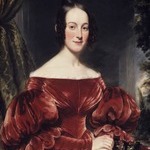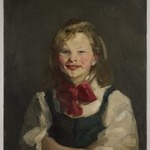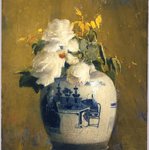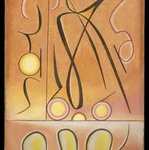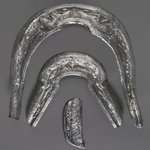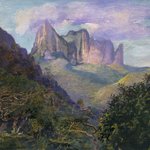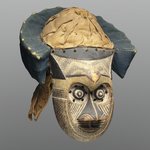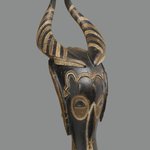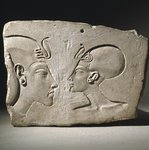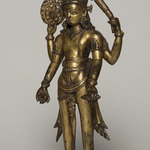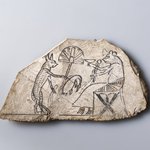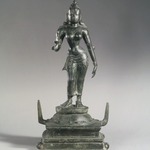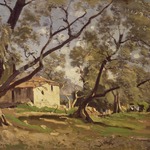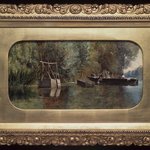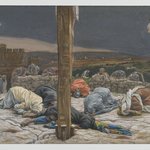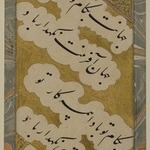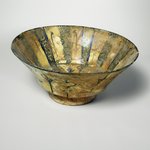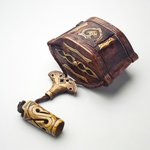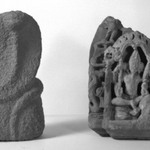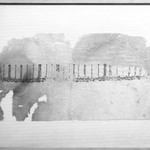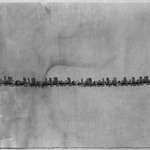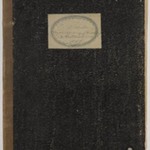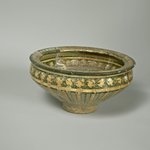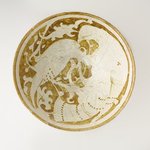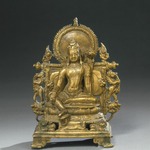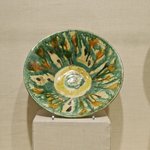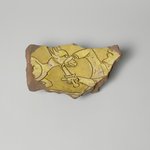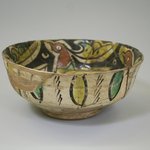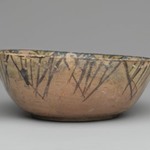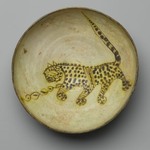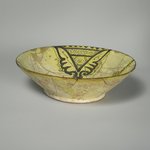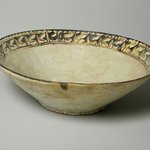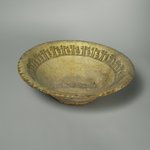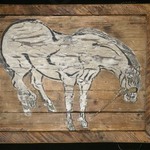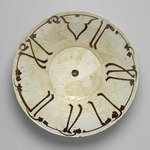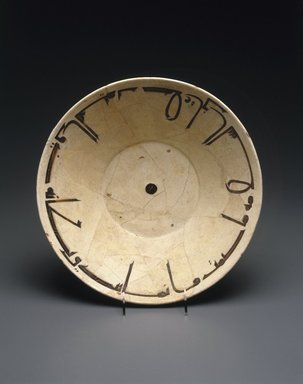

Bowl with Kufic Inscription, 10th century. Ceramic; earthenware, painted in brown slip on a white slip ground under a transparent glaze, 4 1/2 x 13 7/8 in. (11.4 x 35.2 cm). Brooklyn Museum, Gift of the Ernest Erickson Foundation, Inc., 86.227.19. Creative Commons-BY (Photo: Brooklyn Museum, 86.227.19_SL1.jpg)
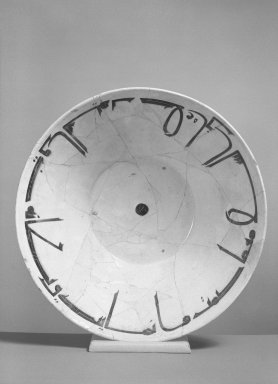
Bowl with Kufic Inscription, 10th century. Ceramic; earthenware, painted in brown slip on a white slip ground under a transparent glaze, 4 1/2 x 13 7/8 in. (11.4 x 35.2 cm). Brooklyn Museum, Gift of the Ernest Erickson Foundation, Inc., 86.227.19. Creative Commons-BY (Photo: Brooklyn Museum, 86.227.19_acetate_bw.jpg)
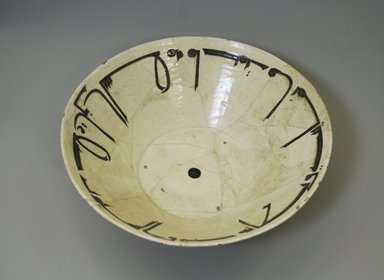
Bowl with Kufic Inscription, 10th century. Ceramic; earthenware, painted in brown slip on a white slip ground under a transparent glaze, 4 1/2 x 13 7/8 in. (11.4 x 35.2 cm). Brooklyn Museum, Gift of the Ernest Erickson Foundation, Inc., 86.227.19. Creative Commons-BY (Photo: Brooklyn Museum, CUR.86.227.19_interior.jpg)
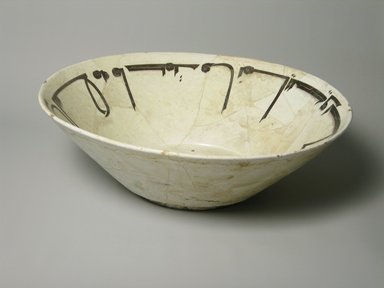
Bowl with Kufic Inscription, 10th century. Ceramic; earthenware, painted in brown slip on a white slip ground under a transparent glaze, 4 1/2 x 13 7/8 in. (11.4 x 35.2 cm). Brooklyn Museum, Gift of the Ernest Erickson Foundation, Inc., 86.227.19. Creative Commons-BY (Photo: Brooklyn Museum, CUR.86.227.19_exterior.jpg)
Bowl with Kufic Inscription
Arts of the Islamic World
A central trading town since its establishment in the third century, Nishapur had become the chief cultural and political center in northeastern Iran during the ninth through twelfth centuries. During the Samanid period (819–1005), it was occupied by various cultural groups including the native Persian-speaking population as well as a recent influx of Arab elites and merchants, among whom might have been the owner of this bowl.
- Possible place made: Central Asia, Greater Khurasan
- Possible place made: Northeastern, Iran

